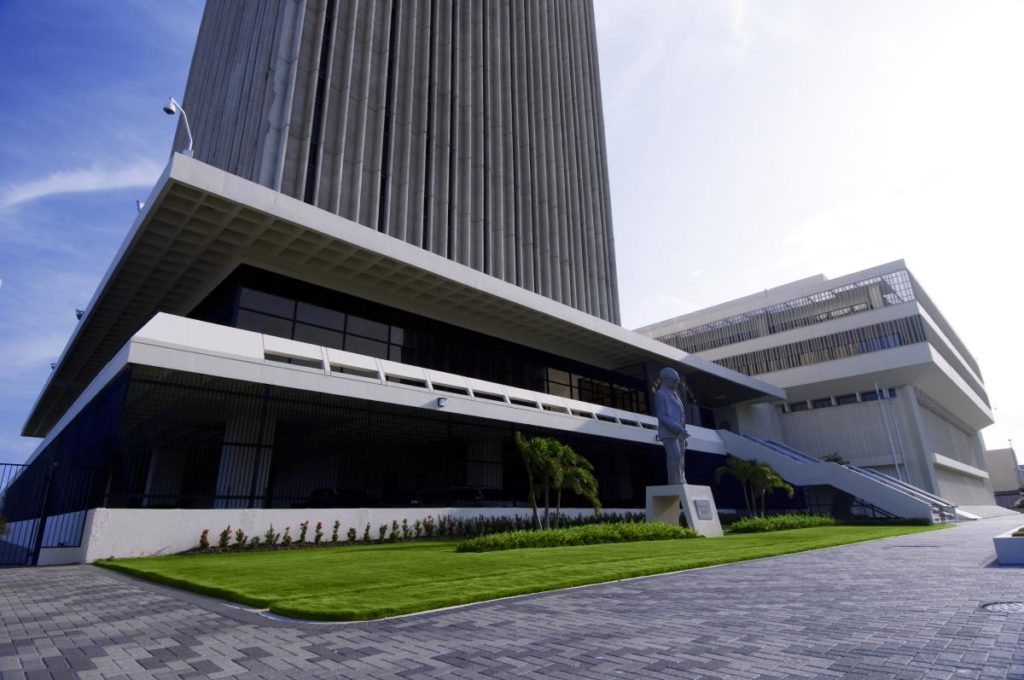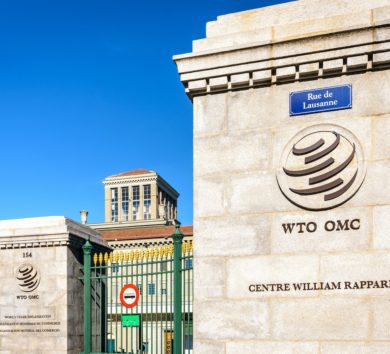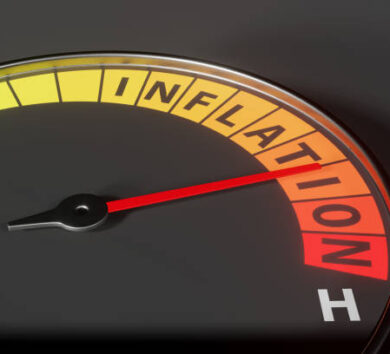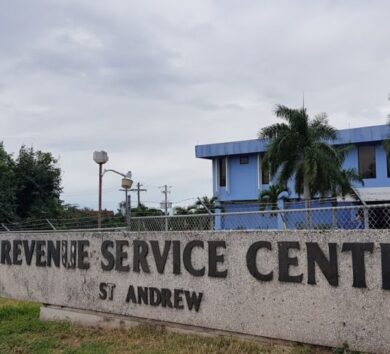

The Bank of Jamaica (BOJ) has softened its position on holding policy interest rates at 7 per cent and has reduced it by 25 basis points to 6.75 per cent.
Holding the interest at 7 per cent since November 2022, the central bank cut the policy after citing that the Statistical Institute of Jamaica measured point-to-point inflation for July 2024 at 5.1 per cent. This was the fifth consecutive month in which inflation fell within the BOJ’s target range of 4 – 6 per cent, indicating that the bank has successfully tempered the unpredictability of price increases.
“One measure of core inflation that excludes the prices of agricultural food products and fuel was 4.5 per cent at July 2024, which represented a progressive lowering of underlying inflation since the start of 2024,” the BOJ outlined in the decision taken by the Monetary Policy Committee, which met on August 16 and 19 to determine the policy interest rate.
Additionally, the central bank pointed out that the inflation outturn fell short of projections of a spike in food prices due to the impact of Hurricane Beryl.
One such projection came from renowned Caribbean economist Marla Dukharan who, in her Caribbean Economic Report July 2024, noted, “Higher inflation is expected in July following less than 6 per cent year-on-year inflation for March – June 2024. Inflation was 5.4 per cent in June with education +15.6 per cent, transportation +11 per cent, and food +4 per cent.”
She based her projections on a $4.73-billion loss in agricultural produce occasioned by the July 3 passage of Hurricane Beryl.

Notwithstanding the stability in price increase for July, the BOJ warns that, “Inflation is projected to temporarily rise from its current level and breach the upper end of the bank’s target range over the next three to five months (August to December 2024). This near-term forecast largely reflects the negative impact of Hurricane Beryl on agricultural supplies and related increases in other consumer prices. Following this shock, inflation is projected to return to the target range.”
At the same time, the BOJ observes that economic conditions are generally supportive of low, stable and predictable inflation in the future. At the local level, it cites an easing demand as wage inflation also slows, as well as lower take-up of local currency loans to the private sector.
Concerning international factors, foreign exchange rates have been stable up to end-July, international commodity prices have “favourably supported” domestic price level and inflation continues to decline in the US.

Business owners, meanwhile, have indicated that inflation will end the year at 7.6 per cent, according to the Survey of Businesses’ Inflation Expectations June 2024.
The BOJ’s decision to cut interest comes a day after a Reuters poll projected that the US Federal Reserves could reduce interest rates by 25 basis points at each of its remaining three meetings in 2024.
The Bank of Canada was among the first movers, cutting its interest rate in June by 25 basis points from 5 per cent to 4.75. Just yesterday, the Canadian central bank further lowered the interest rate to 2.50 per cent.
The European Central Bank cut its deposit rate, refinance rate and marginal lending rate by 25 basis points in June and maintained its decision in July. On August 1, the Bank of England cut interest rates by 25 basis points, from a 16-year high of 5.25 per cent.






Comments